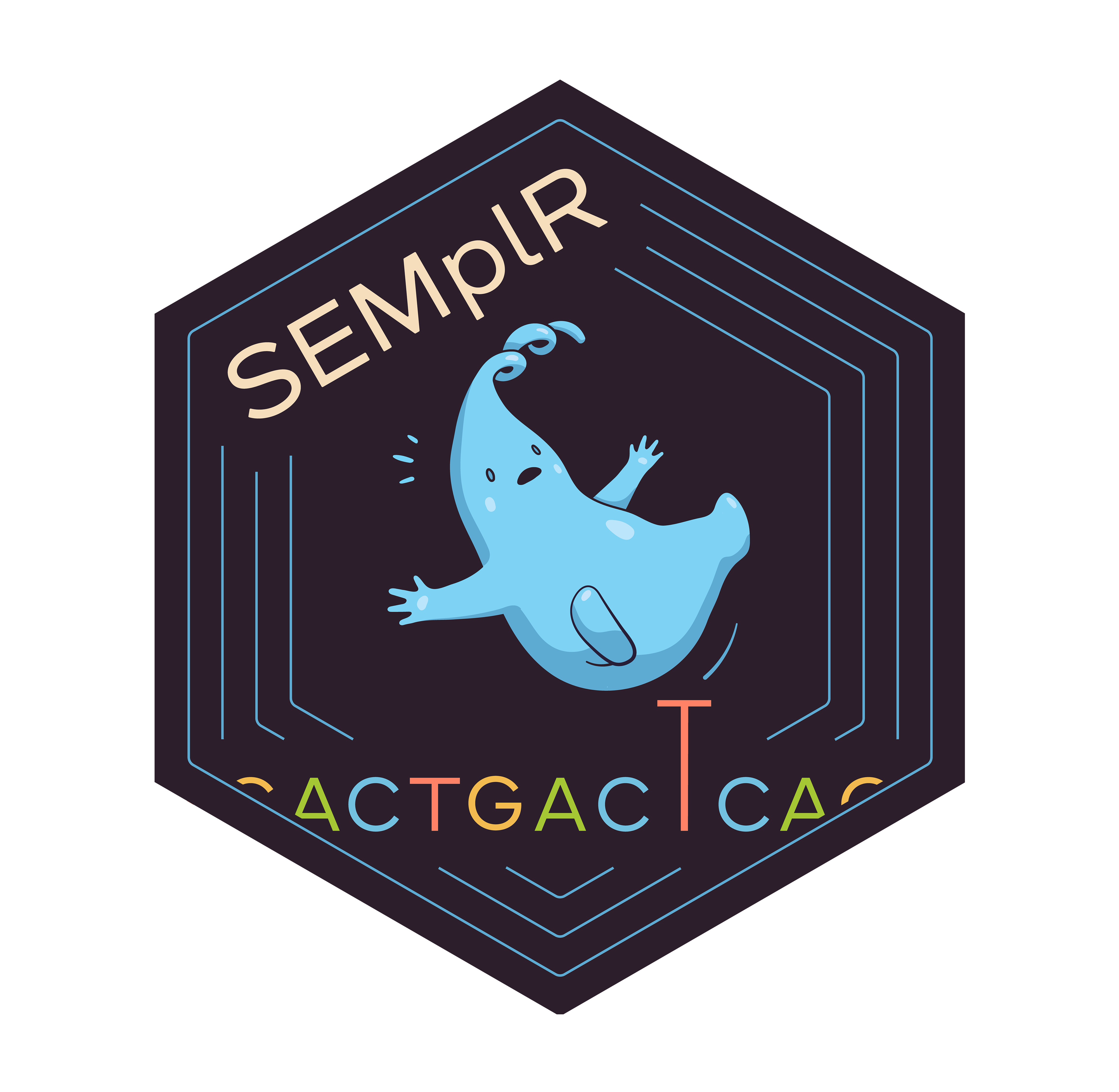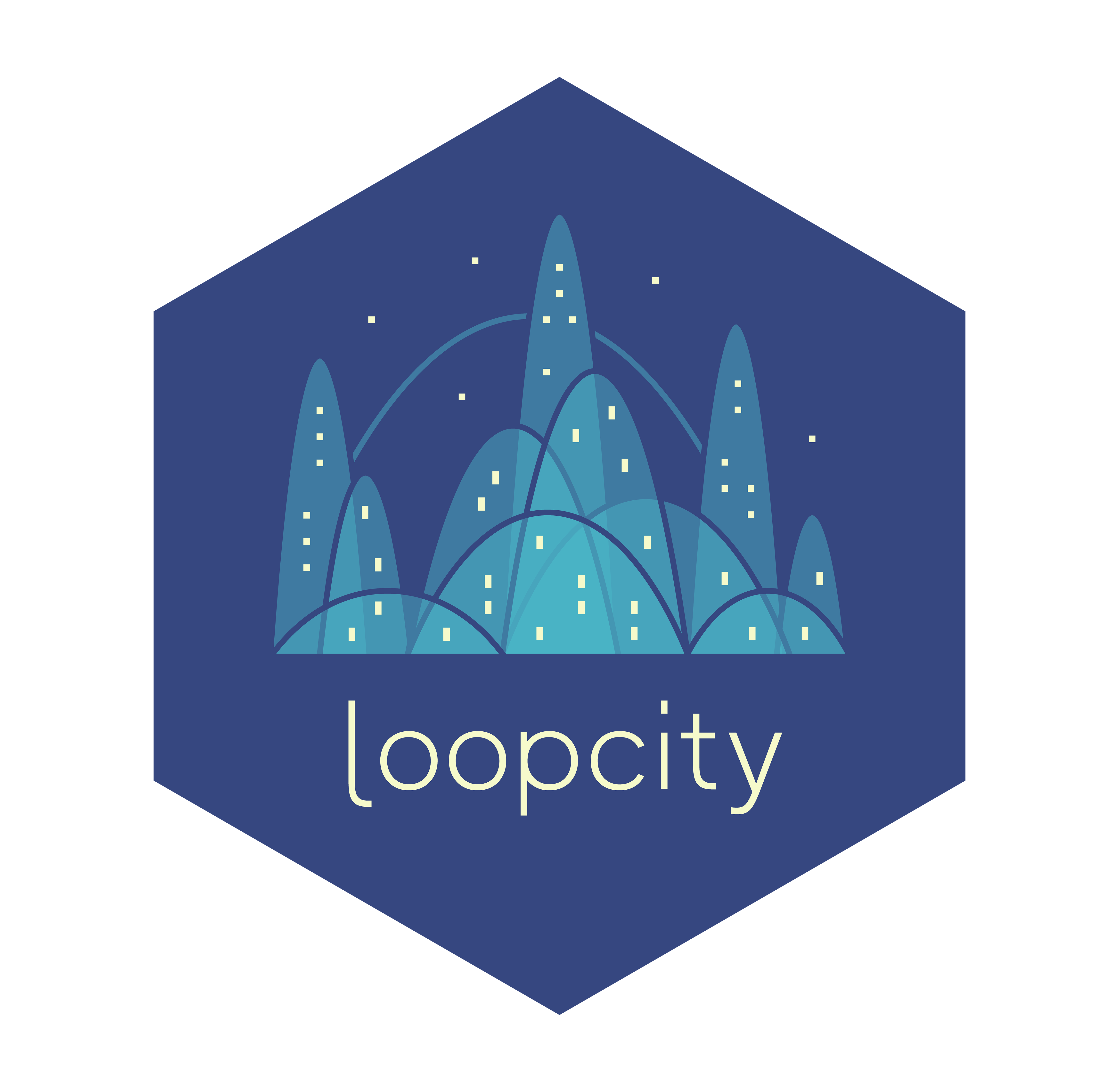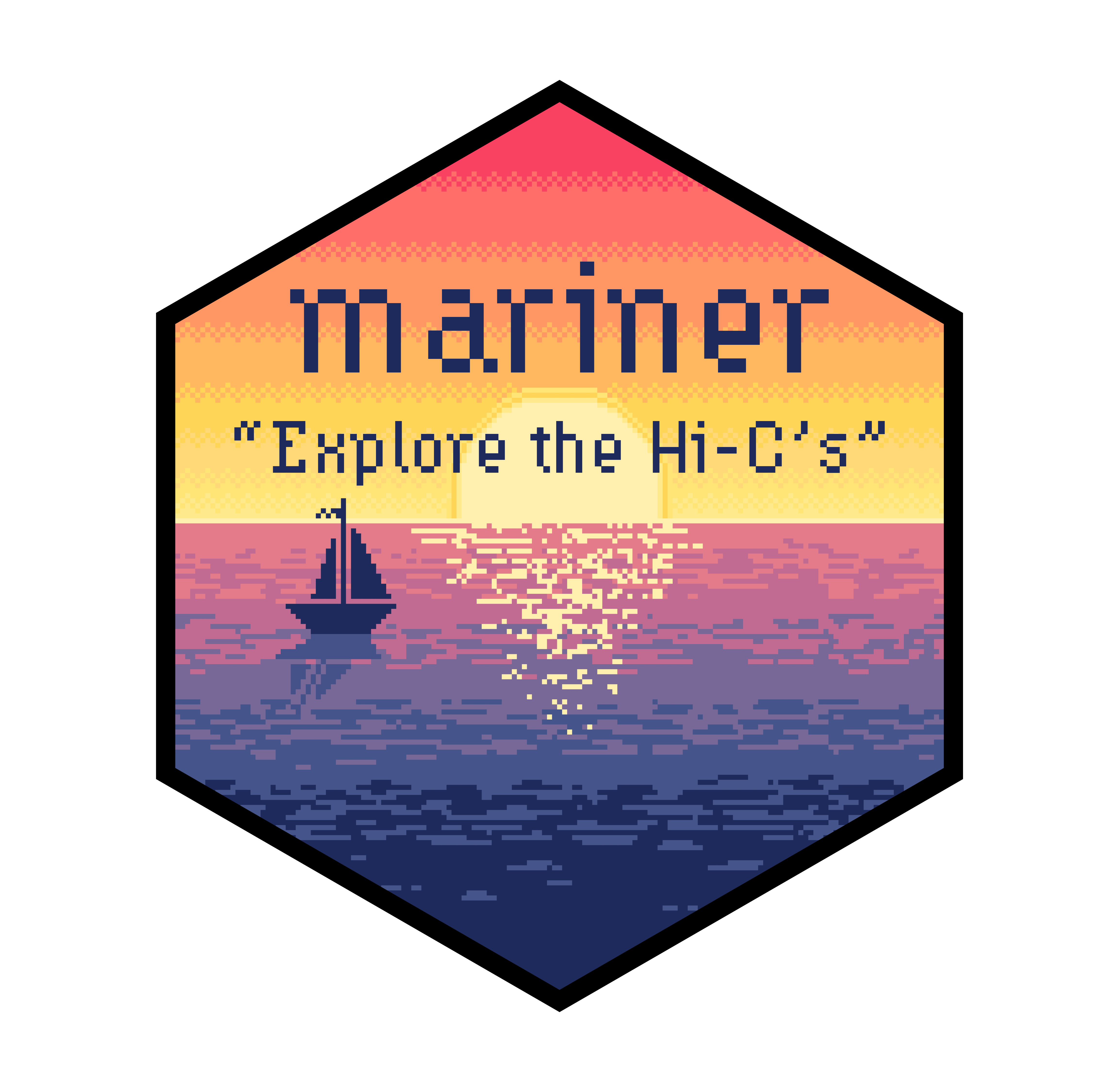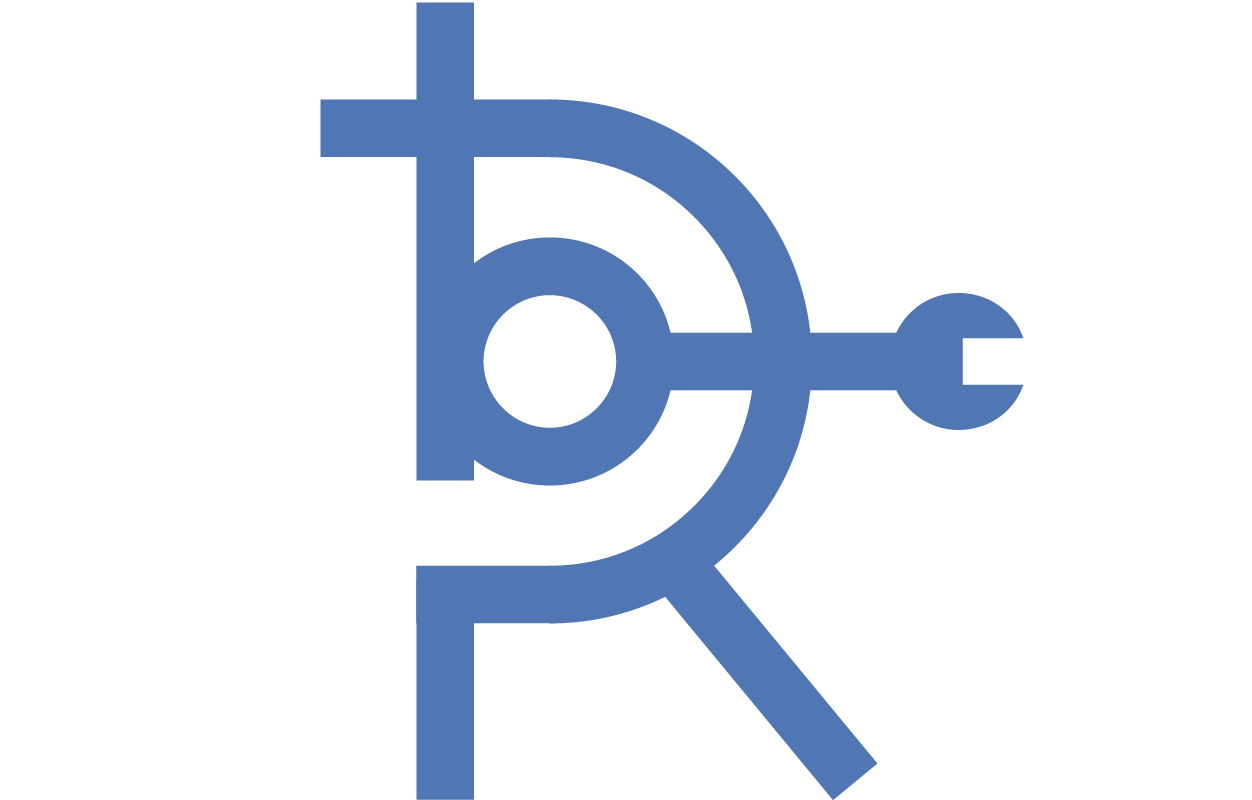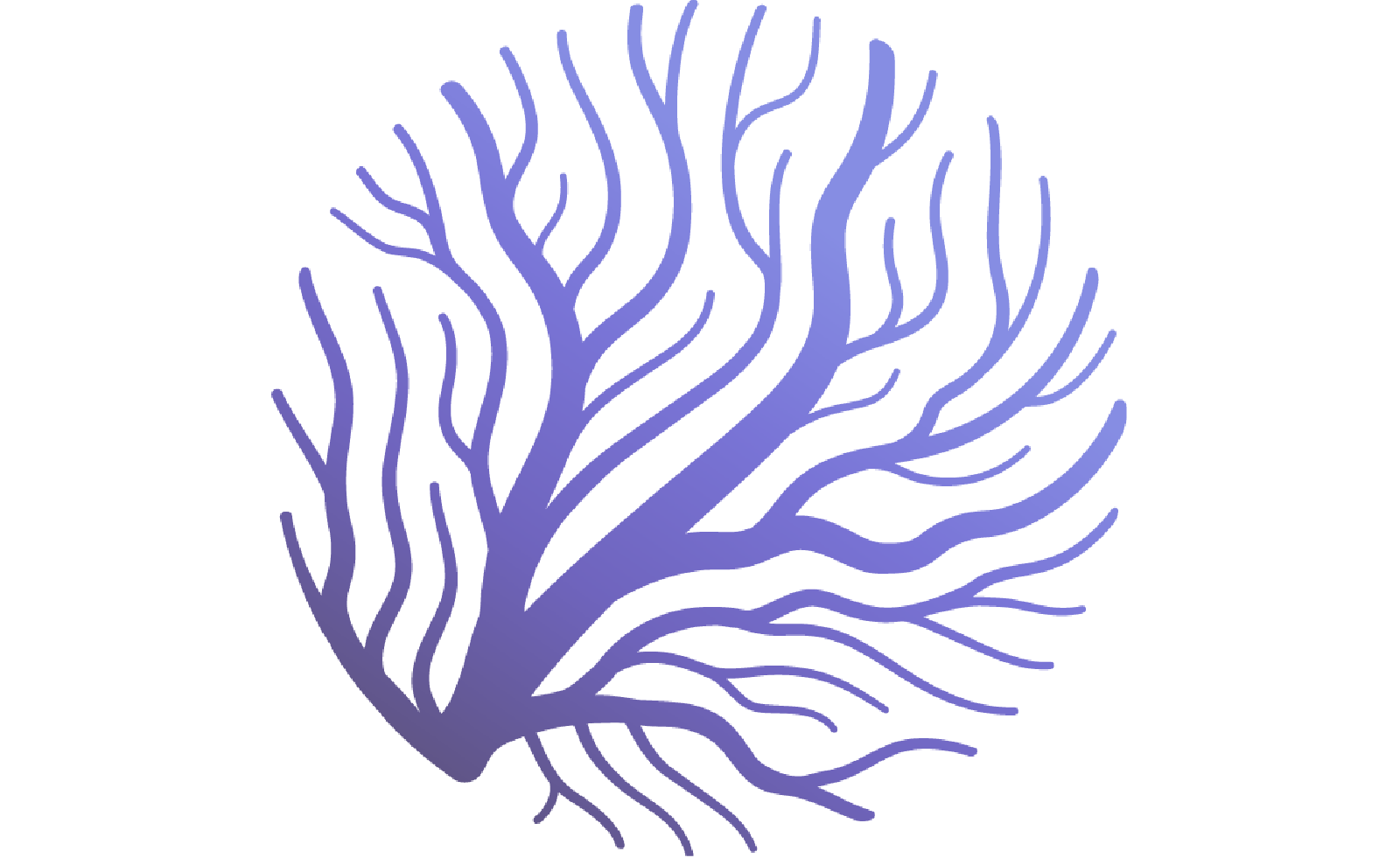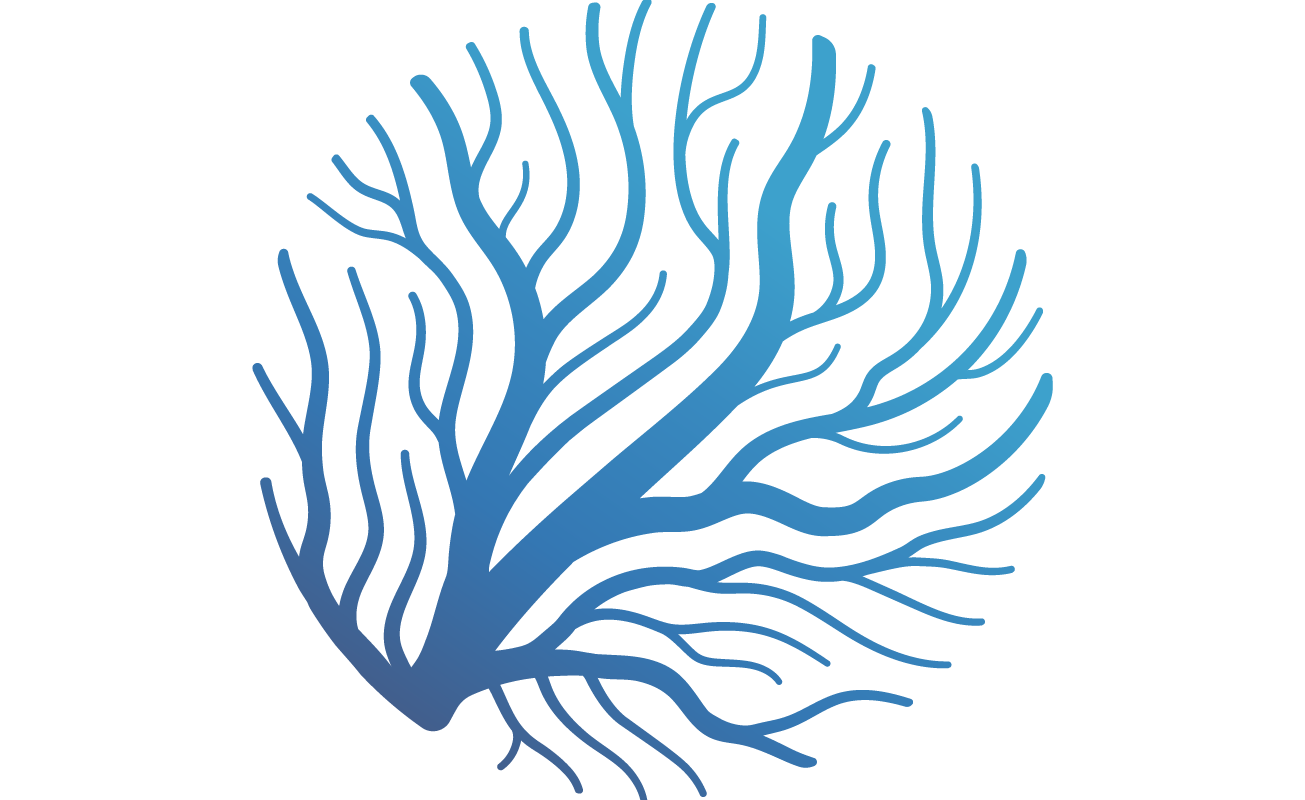
Software
SEMplr: (in development)
Transcription factor (TF) binding sites are overrepresented in GWAS variants, however, understanding how genetic variation impacts transcription factor binding remains challenging. SEMplR is an R package that calculates binding affinity scores to predict transcription factor binding within genomic regions and can compare binding affinity between alleles of genetic variants. Several visualization functions are provided to interrogate multiple motif and variant combinations as well as interrogate enrichment of TF binding within sets of genomic regions within the context of motif similarity.
Website GitHubLoopcity: clustering chromatin loops to reveal 3D genome communities
Loopcity is an R package for identifying multi-loop communities from Hi-C data. While most tools analyze loops individually, loopcity groups them into densely connected communities that may coordinate gene regulation. Using a network-based approach, it merges noisy anchors, scores interactions based on local enrichment, and applies customizable clustering to reveal higher-order chromatin structure. Designed for compatibility with Bioconductor workflows, loopcity accepts standard input formats and returns enriched, community-labeled loop sets. Built-in visualization tools allow users to explore results directly within Hi-C contact maps, making loopcity a powerful resource for studying 3D genome organization.
Website GitHubMariner: Explore the Hi-Cs
Mariner is an R package for rapid, memory-efficient manipulation, aggregation, and visualization of Hi-C and Micro-C contact matrices. It simplifies querying multiple .hic, .cool, or .mcool files through parallel, block-wise processing, enabling flexible extraction of chromatin contacts across experimental conditions. Its modular design supports both customizable workflows and streamlined all-in-one functions for common analyses. With tight integration into Bioconductor classes such as GInteractions, delayed arrays, and plotgardener, Mariner enables seamless end-to-end Hi-C data handling and visualization entirely within the R environment.
Website GitHub Paper BioconductorHi-C Poweraid: A web-app to guide the design of well-powered differential Hi-C experiments
Hi-C Poweraid is a Shiny-based web application that allows users to plan differential Hi-C experiments through interactive, data-driven power analyses. Built on deeply sequenced GM12878 data, Hi-C Poweraid allows users to explore how parameters such as sequencing depth, number of replicates, loop size, fold change, and dispersion influence statistical power. By modeling the percentage of loops detectable under different conditions, Hi-C PowerAid empowers researchers to optimize study design, minimize wasted resources, and ensure robust detection of differential chromatin loops across a range of biological contexts.
Website GitHub Preprint Paperplotgardener: Coordinate-based Genomic Visualization in R
Plotgardener is a genomic data visualization package that enables users to programmatically generate complex, multi-panel figures with flexibility and precision. Employing a coordinate-based plotting system, plotgardener allows for exquisite control over plot sizes, positions, and arrangements through a user-defined page with explicit units of measurement. Its edge-to-edge, containerized visualizations preserve the mapping between user-specified containers and the represented data, ensuring accurate alignment of plots in the same genomic region. Operating entirely within the R environment, Plotgardener is optimized to quickly and easily read, plot, and arrange multi-omic data for an endless number of use cases.
Website GitHubbedtoolsR: An R package for genomic data analysis and manipulation
The sequencing of the human genome and subsequent advances in DNA sequencing technology have created a need for computational tools to analyze and manipulate genomic data sets. The bedtools software suite and the R programming language have emerged as indispensable tools for this purpose but have lacked integration. Bedtoolsr is an R package that provides simple and intuitive access to all bedtools functions from within the R programming environment. We provide several usability enhancements, support compatibility with past and future versions of bedtools, and include unit tests to ensure stability. Bedtoolsr provides a user-focused, harmonious integration of the bedtools software suite with the R programming language that should be of great use to the genomic community.
Website GitHub PaperCoralP: Clear and customizable visualization of the human phosphatome
CoralP is a user-friendly interactive web application for visualizing both quantitative and qualitative data. Qualitative and quantitative features can be represented in branch colors, node colors, and node sizes. Phosphatases can be organized using the published phosphatome tree or as radial or force directed networks. CoralP is simple to use, well documented, and freely available. It is the first and only dedicated tool for phosphatome visualization and is widely applicable to a variety of data types including those generated from proteomic, genomic, epidemiological, and high-throughput screening experiments.
Web App GitHub Preprint PaperCoral: Clear and customizable visualization of human kinome data
Coral is a user-friendly interactive web application for visualizing both quantitative and qualitative data. Unlike previous tools, Coral can encode data in three features (node color, node size, and branch color), allows three modes of kinome visualization (the traditional kinome tree as well as radial and dynamic-force networks) and generates high-resolution scalable vector graphic files suitable for publication without the need for refinement in graphic editing software. Due to its user-friendly, interactive, and highly customizable design, Coral is broadly applicable to high-throughput studies of the human kinome.
Web App GitHub Preprint Paper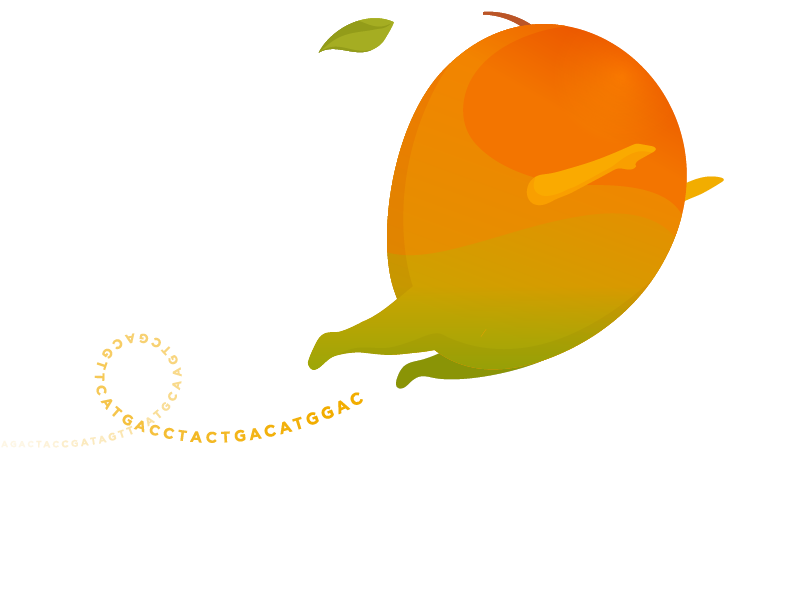
Mango: a bias-correcting ChIA-PET analysis pipeline
Chromatin Interaction Analysis by Paired-End Tag sequencing (ChIA-PET) is an established method for detecting genome-wide looping interactions at high resolution. Current ChIA-PET analysis software packages either fail to correct for non-specific interactions due to genomic proximity or only address a fraction of the steps required for data processing. Mango is a complete ChIA-PET data analysis pipeline that provides statistical confidence estimates for interactions and corrects for major sources of bias including differential peak enrichment and genomic proximity.
GitHub Paper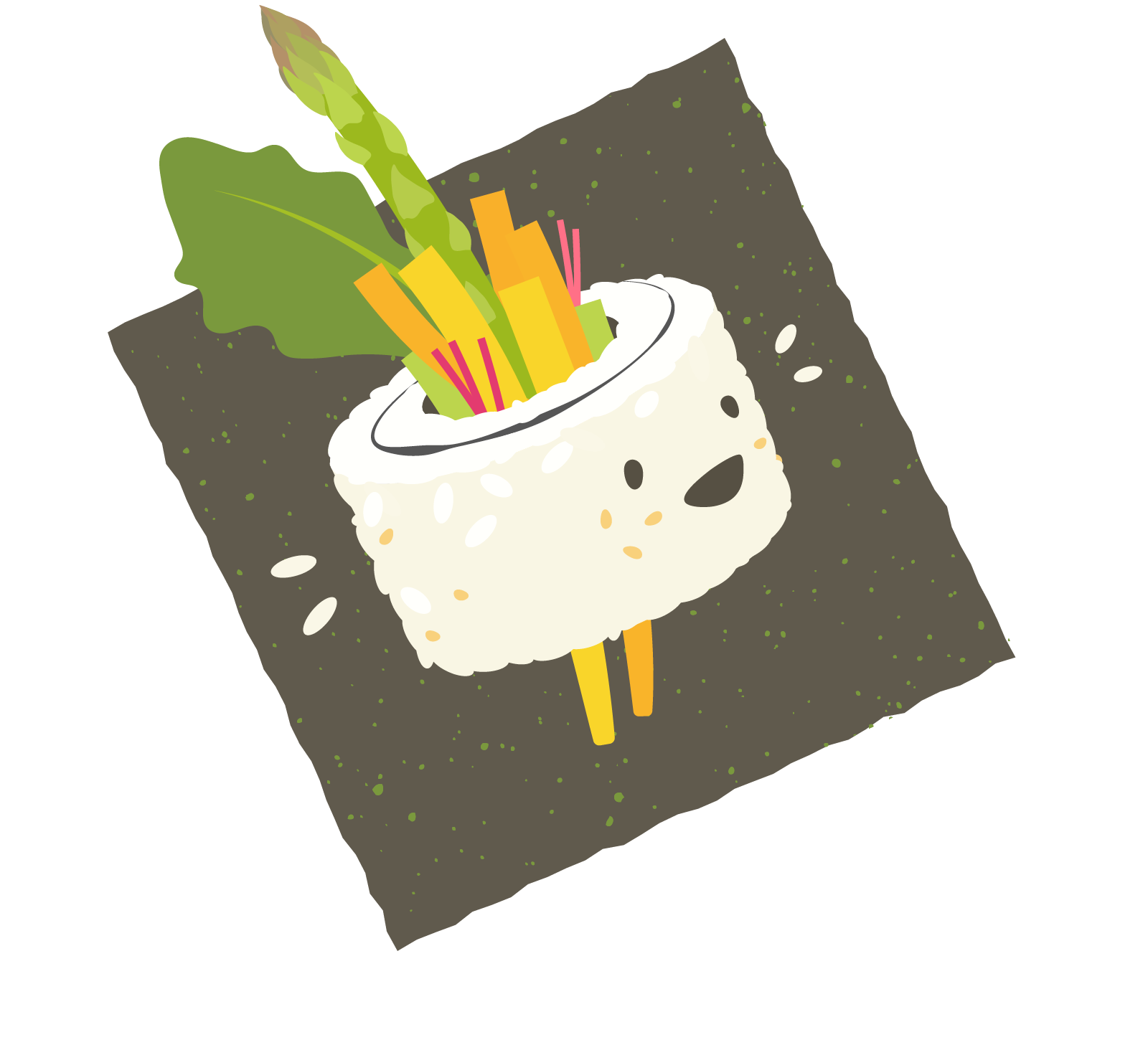
Sushi: flexible, quantitative and integrative genomic visualizations for publication-quality multi-panel figures
Interpretation and communication of genomic data require flexible and quantitative tools to analyze and visualize diverse data types, and yet a comprehensive tool to display all common genomic data types in publication quality figures does not exist to date. To address this shortcoming, we present Sushi.R, an R/Bioconductor package that allows flexible integration of genomic visualizations into highly customizable, publication-ready, multi-panel figures from common genomic data formats including Browser Extensible Data (BED), bedGraph, and Browser Extensible Data Paired-End (BEDPE).
